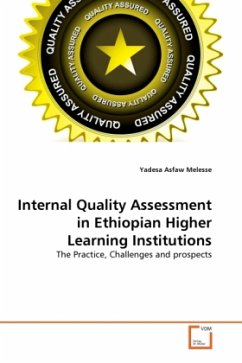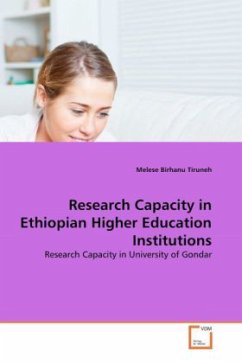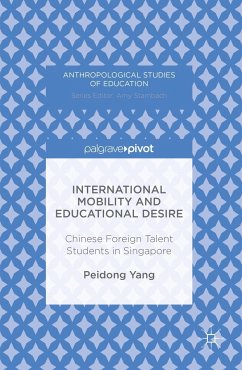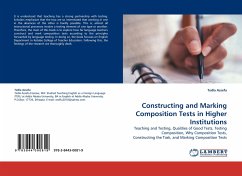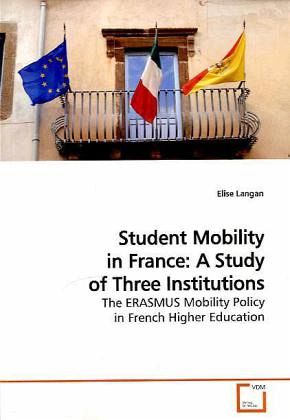
Student Mobility in France: A Study of Three Institutions
The ERASMUS Mobility Policy in French Higher Education
Versandkostenfrei!
Versandfertig in 6-10 Tagen
52,99 €
inkl. MwSt.

PAYBACK Punkte
26 °P sammeln!
One of the goals of the creation of the European Union was to eliminate barriers of movement among member states. To increase mobility and create a more effective work force, the EU set up partnerships between education and industry. One of the goals was to restructure higher education among member countries to increase student mobility since agreement on shared curricula proved impossible. "ERASMUS," or "The European Action Scheme for the Mobility of Students," was launched in 1987. The main objective of ERASMUS is to ensure that 10 percent of the student population will spend at one semester...
One of the goals of the creation of the European Union was to eliminate barriers of movement among member states. To increase mobility and create a more effective work force, the EU set up partnerships between education and industry. One of the goals was to restructure higher education among member countries to increase student mobility since agreement on shared curricula proved impossible. "ERASMUS," or "The European Action Scheme for the Mobility of Students," was launched in 1987. The main objective of ERASMUS is to ensure that 10 percent of the student population will spend at one semester of their degree program at institutions in other member states. Over one million students have been ERASMUS participants. This book considers the impact of the ERASMUS policy on three diverse French institutions: L'Institut des Etudes Politiques (Sciences Po), Paris III (La Nouvelle Sorbonne), and Paris 8 (Vincennes - Saint Denis). It provides perspective on how French institutions implement EU educational policies while preserving French ideals. The study answers how institutional history and culture affect student and administrative participation.




